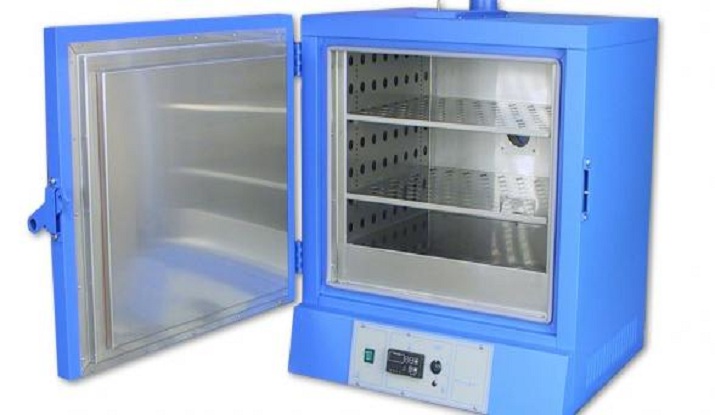The huge production factories and manufacturing units use hot air ovens extensively for heating and drying. They are growing popular and are in demand for applying heat and processing in various industries like textiles, pharmaceuticals, glass industry and bio-science industries among many. It is always advisable to consult with the leading hot air oven exporters as these are critical machinery items which deals with high temperatures and even a small ignorance might lead to a greater damage.
How does a Hot Air oven look like – A Hot air oven is an electrical equipment which dry heats various samples, based on their area of usage, with temperatures ranging from 50 to 300 degree Celsius. There is a double walled metallic cabinet which is well insulated with ceramic fiber. This can be further customized to suit the needs by the leading hot air oven manufacturers. It contains about two or more trays to place the samples to be heated. A hole is also present in the oven to allow the moisture to vent during the process.
Types – Generally there are two categories of hot air ovens available, based on the temperature required for the testing, as below:
- Forced Air Convection Oven – This is used where higher degree of heating, dry heating and drying is required. In these ovens, high performance blower or fans are fitted inside the insulated walls of the oven. It is this fan or blower which helps in a uniform level of hot air circulation throughout the hot air chamber.
- Gravity Convection Ovens – You may refer to these as the natural convections. The gravity convection ovens are used for drying of fine samples, that is, samples that might scatter with heavy flow of hot air. Hence these need lower temperatures unlike that of forced air convections and need a natural air flow to test the samples. An example where gravity ovens are required is that of powder.
How to use a Hot Air Oven – It is very simple, just plug in and turn on the temperature. It does not require any kind of special treatment or training to operate the machinery however there are some precautions which needs to be taken to ensure there is no damage to the samples before or after the process has been conducted. Below are the necessary precautions that you need to take:
- After the heating process has been applied on the sterilized samples, wait for the temperature to cool down to room temperature before taking the samples out of the tray. This is because if you are opening the door of the oven before cooled down to normal room temperature there is a possibility of the glassware cracking.
- Also, contaminated air might enter the oven through the vent and damage the sterility of the samples.
Where are Hot air ovens used – Hot air ovens have an extensive application across electricals and chemical industries, especially in the research and analysis works in the below:
- Drying purposes in textile industries
- Tablet manufacturing in Pharmaceutical industries
- material testing
- To determine the equilibrium level of moisture content in coal
- Pre-heating purposes
- Curing
- Analysis of moisture content and hence removing it via strong heating
- Drying of glassware
- Warm storage
- Industrial heat processing applications
- Chemical research

